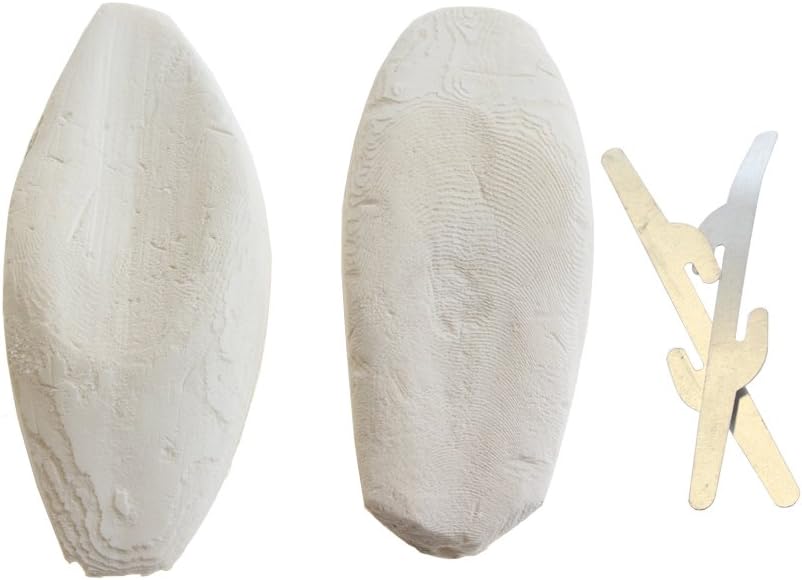About this deal
Cuttlefish is rich in protein, which is essential for a tortoise's growth and development. Protein is necessary for tissue repair, muscle growth, and the production of enzymes and hormones. By including cuttlefish in their diet, tortoises can ensure they are getting an adequate amount of this vital nutrient. When feeding a tortoise cuttlefish, it is important to ensure that it is prepared properly. Here is a step-by-step guide on how to safely feed cuttlefish to your tortoise: You can also find cuttlebone at times in specialty pet stores. You'll want to inspect them to make sure they are not overly discolored or have a strong odor. Many owners prefer to leave the cuttlebones in the enclosure. It definitely allows the tortoises to nibble on the calcium at their own pace. But sometimes, the pets may end up overeating calcium or not touching the bones at all. Again, the pen moisture can ruin the integrity of the cuttlefish entirely. Natural unfiltered sunlight plays a significant part in the production of vitamin D3, which plays a major role in forming bony tissue in chelonians. The levels of UVB present in countries like the UK often fall far below that required of individual species and therefore artificial UVB lights and normally a vitamin D3 supplement may be required, depending on where you live and what species you keep.
The reason for putting the heat lamp at one end of the enclosure and not in the middle is for the Tortoise to self regulate its temperature. If you want to prevent nutritional metabolic bone disease and shell deformities like pyramding, one of the best ways to offer your tortoise more calcium is through cuttlebones. Chelonians in general seem to love cuttlebone. They help prevent overgrown beaks Forums and groups can be helpful and have some great information and ideas, but they can also be a very negative place too so just be aware, don't believe everything you read!Cuttlefish bone is a good source of both calcium carbonate and calcium phosphate, it also contains a bunch of other elements that might be beneficial to your tortoise’s diet. Cuttlebone is a great calcium supplement for turtles and tortoises. It provides a great deal of enrichment for them. Not only nutritionally, but also as something to interact with. Especially for aquatic turtles. What is Cuttlebone? Cons: Not all turtles take advantage of it when offered, some may have to be thrown out when dirty or discolored Hatchlings and juveniles up to approximately 4 years of age need a good calcium, vitamin, and mineral supplement daily.
A heat lamp is secured at one end of the enclosure along with a UV Tube or Compact UV with a minimum of 5% UVB output. The bulbs are turned on in the morning and off in the evening. The Tortoise should also regularly be put into sunlight in the summer outdoors to provide it with necessary ultraviolet radiation, placing a tortoise on a window sill in winter will not provide the required level of UV, as glass will filter out UV. Cuttlebone, also known as cuttlefish bone, is actually not a bone but rather a shell. This shell comes from the cuttlefish which is a mollusk. Scraping: The shell of the cuttlebones are not edible. So, take a sharp knife and scrap away the hard surface.The chelonian can chew on them as needed and the rough surface will trim the beaks. Turtle bones also help curb bad chewing habits. It isn’t flavored like some of the other products we will have a look at. The turtle bones are natural. Having one in the tortoise’s enclosure at all times is the way to go. Cuttlefish bones can serve the same purpose because of their chalky texture. It means the bones will serve as a source of calcium and prevent beak overgrowth at the same time. No Cuttlebones In The Meal? Here Is The Danger Tortoises need calcium because their shell requires high levels of the mineral to grow and remain strong. They may also give themselves a little extra calcium by eating some of the soil (or possibly, sand) when they are feeding. If the tortoise’s body signals that there is a calcium shortage going on – the tortoise will seek out a major source of calcium (this might be something like a discarded snail shell or a bone that has been fully bleached in the sun).
Related:
 Great Deal
Great Deal 